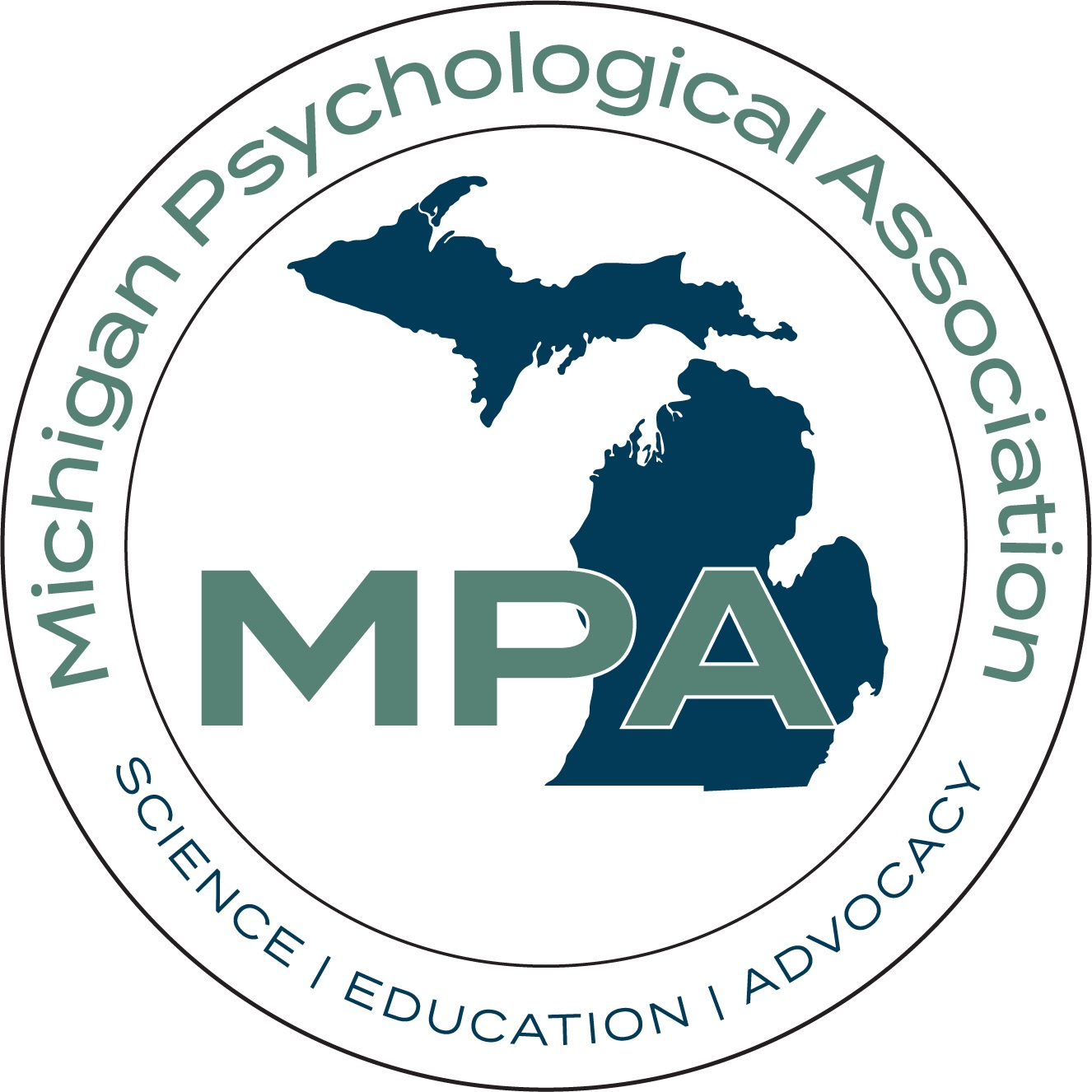Who Gets PTSD and Who Doesn’t?
By Jim Windell
If it’s one thing we know from watching action movies, heroes never experience post traumatic stress disorder (PTSD) – no matter how often they have been shot, stabbed, hit on the head or involved in the near destruction of the universe. They just get up, brush themselves off and go on with life.
What we know from real life is that many people experience PTSD after exposure to trauma. Although we also realize that not everyone who has suffered a traumatic event actually develops PTSD, still it is a complex psychiatric disorder brought on by physical and/or psychological trauma. What has also become evident is that how its symptoms – including anxiety, depression and cognitive disturbances – arise is not well understood and that PTSD is an unpredictable disorder. But can science help us to understand it better and make it more predictable? Can we better understand who is likely to have PTSD and who will be able to avoid it?
These are critical questions that are addressed in a new study that recently appeared in Biological Psychiatry: Cognitive Neuroscience and Neuroimaging.
In this study, researchers led by Murray Stein, MD, MPH, FRCPC, a Distinguished Professor of Psychiatry and Family Medicine & Public Health at the University of California San Diego, used data from TRACK-TBI, a large longitudinal study of patients who present in the Emergency Department with TBIs serious enough to warrant CT (computed tomography) scans. They followed over 400 such TBI patients, assessing them for PTSD at 3 and 6 months after their brain injury. At 3 months, 77 participants, or 18 percent, had likely PTSD; at 6 months, 70 participants or 16 percent did. After their injuries, each subject underwent brain imaging.
MRI studies conducted within two weeks of injury were used to measure volumes of key structures in the brain thought to be involved in PTSD, according to Dr. Stein. "We found that the volume of several of these structures were predictive of PTSD three-months post-injury," Dr. Stein says.
Specifically, smaller volume in brain regions called the cingulate cortex, the superior frontal cortex, and the insula predicted PTSD at three months. These regions are associated with arousal, attention and emotional regulation. However, structural imaging did not predict PTSD at six months.
The findings are in line with previous studies showing smaller volume in several of these brain regions in people with PTSD. Previous research suggests that the reduced cortical volume may be a risk factor for developing PTSD. Together, the findings from this current study and past studies suggest that a "brain reserve," or higher cortical volumes, may provide some resilience against PTSD.
This study is important because it appears to take the field a step closer to understanding why some people develop PTSD after trauma and others do not. It also lays the groundwork for future research aimed at using brain imaging to help predict when a person is at increased risk for PTSD and when they may benefit from targeted interventions to reduce the clinical impact of a traumatic event.
Although Dr. Stein states that the biomarker of brain volume differences is not yet robust enough to provide clinical guidance, still he says that it will lead the way for further research. “It does pave the way for future studies to look even more closely at how these brain regions may contribute to (or protect against) mental health problems such as PTSD," Stein concludes.
To read the original article, find it at:
Murray B. Stein, Esther Yuh, Sonia Jain, David O. Okonkwo, Christine L. Mac Donald, Harvey Levin, Joseph T. Giacino, Sureyya Dikmen, Mary J. Vassar, Ramon Diaz-Arrastia, Claudia S. Robertson, Lindsay D. Nelson, Michael McCrea, Xiaoying Sun, Nancy Temkin, Sabrina R. Taylor, Amy J. Markowitz, Geoffrey T. Manley, Pratik Mukherjee. Smaller Regional Brain Volumes Predict Posttraumatic Stress Disorder at 3 Months after Mild Traumatic Brain Injury. Biological Psychiatry: Cognitive Neuroscience and Neuroimaging, 2020; DOI: 10.1016/j.bpsc.2020.10.008




